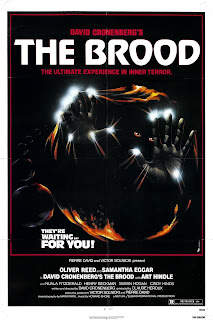Introduction
George is born. Mere days after his birth, he was thrust into the public eye. A celebrity before even uttering his first syllable. How apt that William Wyler's Roman Holiday (his first comedy in decades) is given re-issue at this particular moment in time. "Introducing" Audrey Hepburn, Roman Holiday inspired many movies and particularly Notting Hill whereby the monarch role of Princess Anne is replaced by Hollywood Star Julia Roberts. Baby George, as he slowly opens his eyes to the world, may seek to escape his role in royalty. Audrey Hepburn, in 1953, was unaware of how iconic she would become following this choice of role - and George is blissfully ignorant to the celebrity world he is now a part of. Roman Holiday is the ideal royalty-escape film, created at a time whereby 'celebrity' was nowhere near as malicious as it is now. Surely, most monarchs are keen to escape the limelight from time to time ...
Trapped in Treasures
Princess Anne is raised in luxury. She is royalty and she is trapped. From the moment we meet her, greeting guests and struggling to secure her fitted shoe, Hepburn is mesmerising. Holding elegance and wonderment, she lustfully looks to the parties outside the palace and with a repetition we believe she has practised her entire life, she is read-through the to-do list for the following day before shouting her hysterical hatred of her current tour.
We are looking behind closed doors and the idea that a monarch could be angry and upset is alien to us - imagine the Duchess of Cambridge when 'those' photos were taken and published in the French press. But Audrey Hepburn manages to carry her innocence exquisitely as we fall for her. Her charming naivety erases any assumed sense of privilege that is part and parcel of her heritage.
When in Rome
Apart from the opening few moments of news reel footage from abroad, the film was shot exclusively within Rome. The stunning scale of the Colloseum and the majestic Spanish Steps is great to see within the playful adventures of 'Smitty' - Princess Anne's identity as she attempts to outwit journalist Mr Bradley (Gregory Peck) who, separately, has to keep his own identity a secret as he hopes to gain exclusive coverage of Princess Anne's first moments of true freedom. Originally, the role of Mr Bradley was offered to Cary Grant and one cannot help but fantasize Grant in the role. Initially Gregory Peck comes across as sinister and calculating as he plans his methods to con Princess Anne into an interview (whereas Cary Grant manages to balance unlikeable traits with a charming and playful side in films such as His Girl Friday)
Suffice to say, Roman Holiday is a glorious summer film to watch. In the comfort of the air-conditioned BFI cinemas, you could even follow the viewing with an ice-cream on the South Bank as Hepburn does. Though we could all wax-lyrical about the purposes, necessity and relevance of The Royal Family, when you watch Roman Holiday, much of that fades away. A fantasy film whereby Hollywood claimed her as royalty themselves after 1953, we can see why America celebrate our monarch's almost as much as we do. The ideal martyr role of a Princess as she denies her own preferences although human who is almost ashamed of her role as she begs Joe Bradley to "promise not to watch me go beyond the corner". She places her family and country before herself and takes her role with pride - ever the sincere, respectable woman.

In the final moments, photographer Irving (Eddie Albert) claims "its always open season on Princesses" with regards to the exclusive story both Irving and Joe captured. They hold back and the romance that can never be, remains secret. This is a fairytale and a story that could never be - but this is precisely why Roman Holiday is such a wonderful story, Hepburn is what places this film amongst the very best.
Originally written/published for Flickering Myth on 25th July 2013










